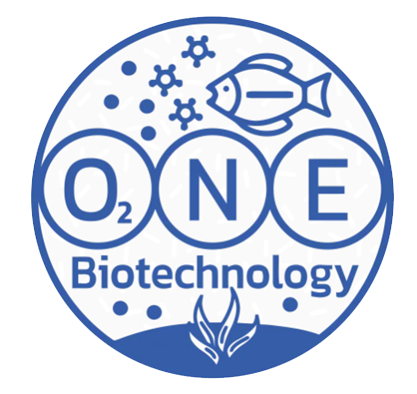

Bio-Augmentation
What Is Bioaugmentation?
Bioaugmentation is the process of providing nature-based support to rectify and align the natural biological functions necessary for lake health.
The two key aspects to bioaugmentation are:
- Enzymatic digestion of sediment nutrient stockpiles for Bio-Dredging.
- Micronutrient supplementation to nourish and boost foundation layer organisms in the food web, as measured in phytoplankton and zooplankton analysis.
Why Does Bioaugmentation Matter?
Eutrophication disrupts the water body’s natural nutrient cycle, constraining its nutrient clearance ability and promoting perpetual nutrient recycling. Reversing eutrophication depends on reversing this disruption to the biological order and restoring nutrient clearance via the food web.
Bioaugmentation plays a crucial role in this process by targeting the specific biological functions that eutrophication impairs.
For example, enzymatic digestion of sediment nutrient stockpiles is essential for Bio-Dredging and reducing the sediment nutrient stockpile that sustains internal nutrient loading that perpetuates eutrophication.
By breaking down organic matter in the sediment, enzymes release nutrients that can be taken up and cleared from the water by the food web, preventing their accumulation and recycling.
Micronutrient supplementation, on the other hand, supports the growth and development of foundation layer organisms in the food web, such as beneficial algae and zooplankton.
These organisms form the basis of the aquatic ecosystem’s nutrient clearing capacity, and their health and abundance are critical for maintaining water quality.
How Does Bioaugmentation Work?
Our technology partner, SIS.BIO, has invested years of research, development, and innovation to formulate advanced biotechnology solutions to water resource management.
This is ONE Biotechnology
Learn More About

ONE Biotechnology includes biological products specifically designed to address the challenges associated with eutrophication and promote the restoration of healthy aquatic ecosystems.
Enzymes are used to actively digest organic sediment and deplete nutrient stockpiles. By breaking down the complex organic compounds in the sediment, enzymes make nutrients more readily available for uptake by the food web, reducing the potential for nutrient recycling.
Micronutrients are used to promote the proliferation and re-establishment of organisms at foundation levels of the food web, thereby restoring nutrient clearing capacity.
These micronutrients provide the essential building blocks for the growth and development of phytoplankton and zooplankton, which in turn support higher trophic levels in the food web.
How Do You Measure Bioaugmentation Progress?
These scans provide a detailed analysis of the depth profile of the water body, allowing us to record changes over time.
By comparing the bathymetric data from year to year, we can calculate the increase in water volume, which is directly proportional to the reduction in sediment volume achieved through Bio-Dredging.
We closely monitor the taxonomic profile and quantity of phytoplankton in the lake.
Our aim is to reduce unwanted types, such as toxic cyanobacteria that cause harmful algal blooms (HABs), in favor of beneficial algae that provide better nutrition for the food web.
Additionally, we strive to reduce overall phytoplankton biomass by restoring the food web’s capacity to consume and clear this biomass from the lake.
Zooplankton are an essential component of the food web, serving as a link between primary producers (phytoplankton) and higher trophic levels (fish). By monitoring zooplankton populations, we can assess the food web’s health and functionality and its ability to clear nutrients from the system.
By combining these measurement techniques, we can track the progress of bioaugmentation efforts and make informed decisions about adjusting the treatment regimen to optimize results. The ultimate goal is to restore the natural balance of the aquatic ecosystem, enhance its resilience, and improve water quality for the long term.
Bioaugmentation, when combined with other remediation strategies such as oxygenation and Bio-Dredging, offers a powerful tool for addressing the root causes of eutrophication and promoting the recovery of impaired water bodies.
By working with nature and leveraging the inherent biological processes that maintain ecosystem health, we can achieve sustainable, long-lasting results and preserve these valuable aquatic resources for generations to come.
CLEAN-FLO
827 Lincoln Avenue, Suite 1
West Chester, PA 19380
Phone: 800-328-6656
E: contact@clean-flo.com

